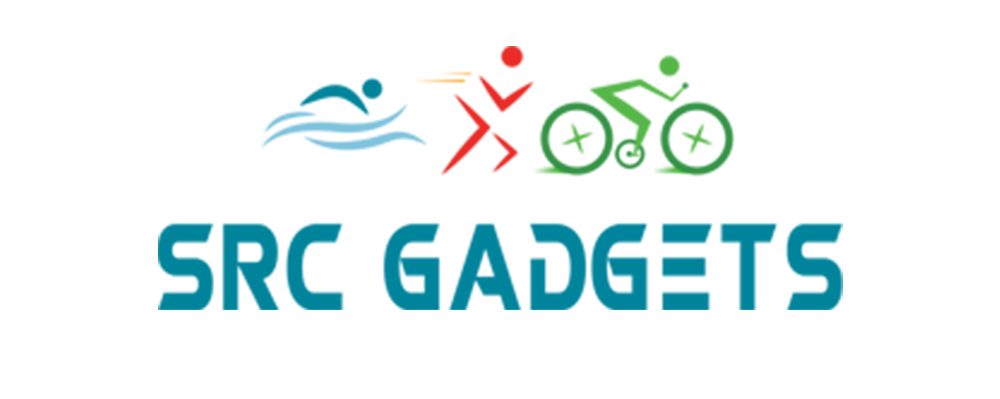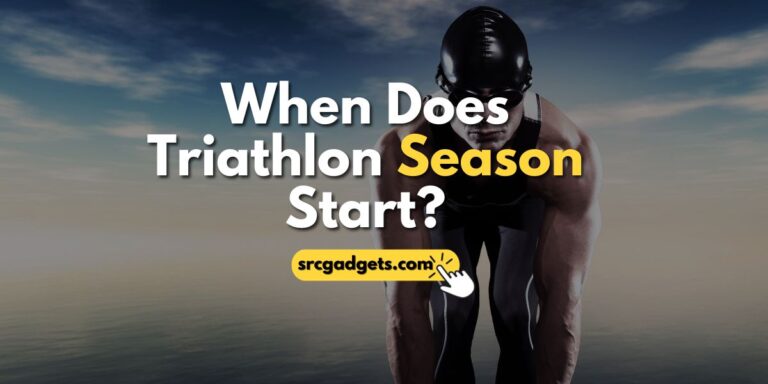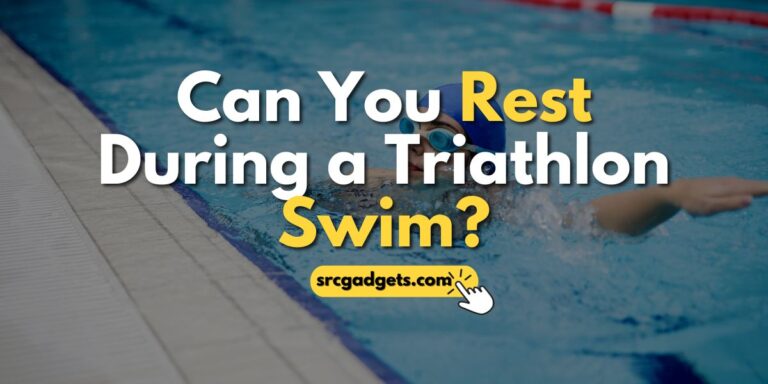Why are Triathlons So Expensive
Triathlons are renowned as one of the most expensive sports. The need for specialized gear across three disciplines swimming, biking, and running makes training costly. Race entries, coaching, nutrition and more also add up. So what exactly makes triathlons so pricey to take on?
In this blog post, I’ll break down the main factors behind the hefty price tag, from equipment to professional training. While the costs can be daunting, many find the challenge and satisfaction of completing a triathlon makes the investment worthwhile. I’ll outline why budgeting is key for this multifaceted sport.
Breaking Down the Costs: Why Triathlons Are So Expensive
Factor#1. Gear and Equipment Costs
One of the biggest expenses for triathletes is the gear and equipment they need to perform well in each discipline. Unlike some other sports, where you only need a pair of shoes or a ball, triathlons require a lot of specialized gear that can be quite pricey.
Biking: The Major Expense
The most expensive piece of equipment for triathletes is the bike. A triathlon bike is different from a regular road bike in several ways. It has a more aerodynamic design, with frames, seat tubes, and handlebars that are shaped to reduce drag and increase speed. It also has a different geometry, with a steeper seat angle that allows the rider to use different muscle groups and save energy for the run.
Understanding the Costs
A triathlon bike can cost anywhere from $1,000 to over $10,000, depending on the quality and brand of the components. Some of the most expensive components are made of carbon fiber, which is a lightweight and strong material that improves performance. However, carbon fiber is also very fragile and can break easily if crashed or dropped.
Economizing on Equipment
Some triathletes opt to use a road bike instead of a triathlon bike, which can save them some money. However, they may still need to buy some accessories to make their bike more suitable for triathlons, such as clip-on aerobars, aero wheels, or a power meter.
Factor#2. Event Participation Fees
Another major expense for triathletes is the event participation fees and expenses. Triathlon events can range from local sprint races to international Ironman races, and each one has a different price tag.
Fee Breakdown
The entry fees for triathlon events can vary depending on the distance, location, and popularity of the race. For example, a sprint triathlon in your hometown may cost around $50 to $100, while an Ironman race in Hawaii may cost over $1,000. The entry fees cover the costs of organizing the event, such as permits, security, medical staff, timing chips, medals, t-shirts, etc.
Beyond the Entry Fee
However, the entry fees are not the only expenses involved in participating in a triathlon event. Triathletes also have to pay for travel, accommodation, food, transportation, and other miscellaneous costs. These costs can add up quickly if the race is far away from home or in another country.
For example, if you want to compete in the Ironman World Championship in Kona, Hawaii, you will have to pay not only the entry fee of $1,050 but also:
That means you will have to spend at least $5,050 just to participate in one race!
Factor#3. Training and Coaching Expenses
The last factor that makes triathlons so expensive is the training and coaching costs. Triathletes have to train for three different disciplines, which means they need more time, equipment, and guidance than other athletes.
Triathletes have to invest in various training tools and facilities to improve their skills and fitness.
For example:
Triathletes may also need to hire a coach or join a club to get professional advice and feedback on their training. A coach can help them design a personalized training plan, monitor their progress, correct their technique, and motivate them to reach their goals. A club can provide them with a supportive community, group workouts, and social events.
However, hiring a coach or joining a club can be quite expensive as well. A coach can charge anywhere from $50 to $500 per month, depending on their qualifications and services. A club can charge anywhere from $20 to $100 per month, depending on the benefits and activities they offer.
Conclusion
In conclusion, triathlons are costly due to the specialized gear, event fees, and rigorous training demands. Expenses can include bikes, wetsuits, race entry, travel, and coaching fees. Despite the high costs, dedicated triathletes find the challenge and rewards worth the investment, pushing their physical boundaries.






